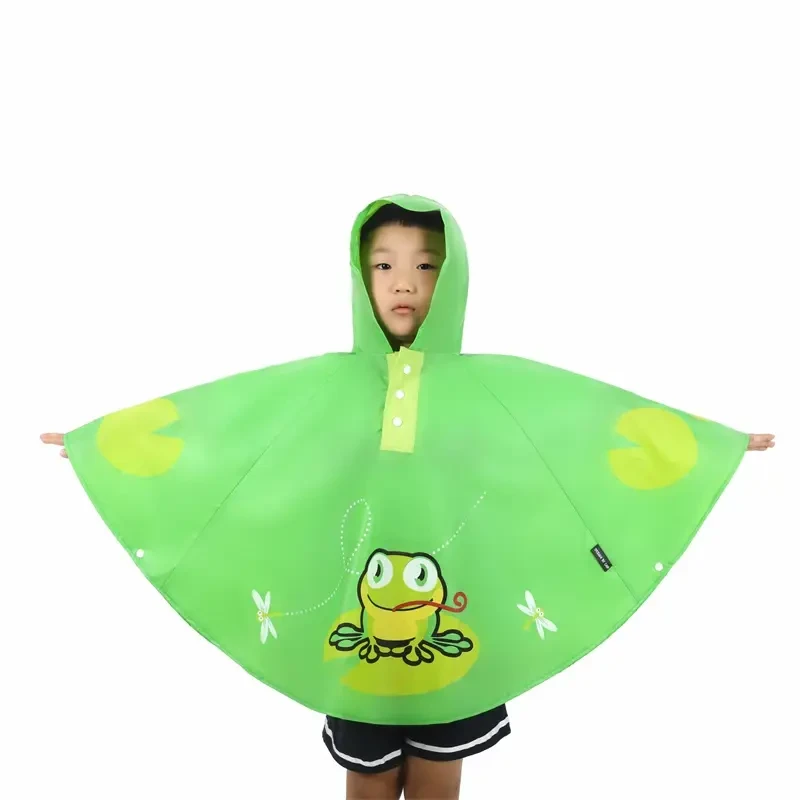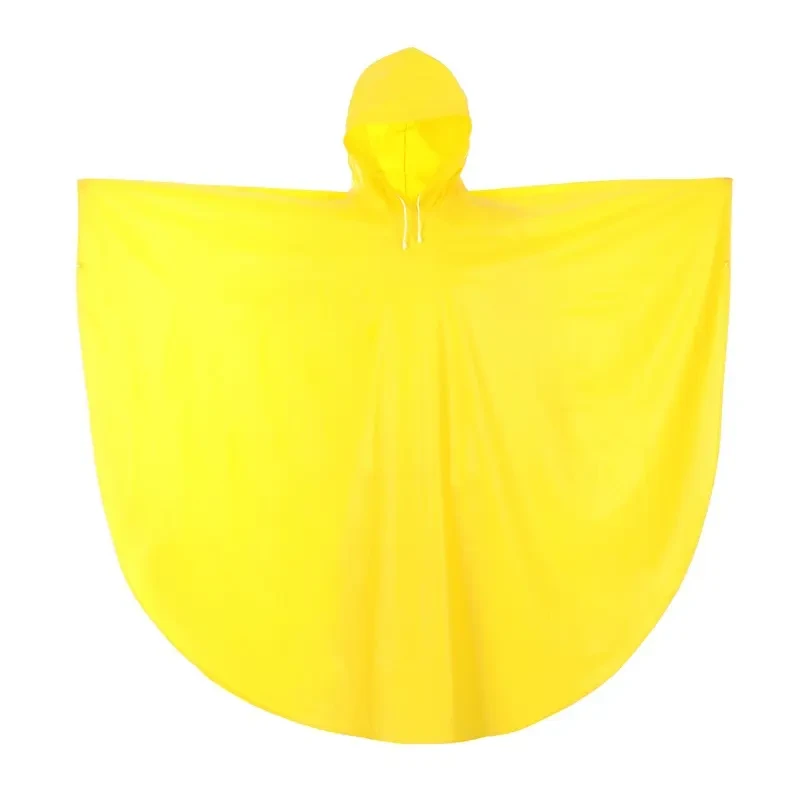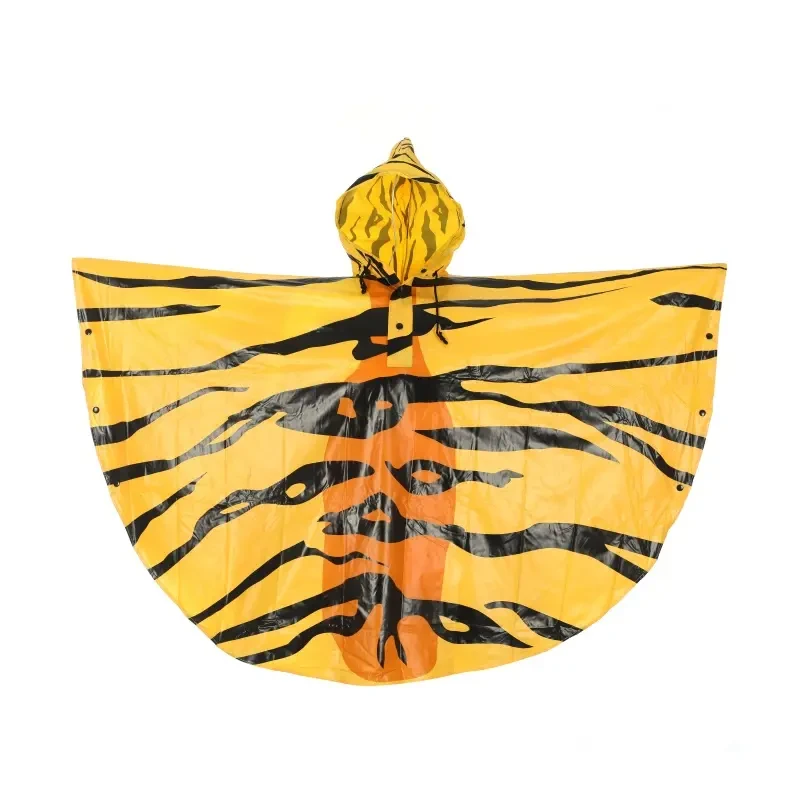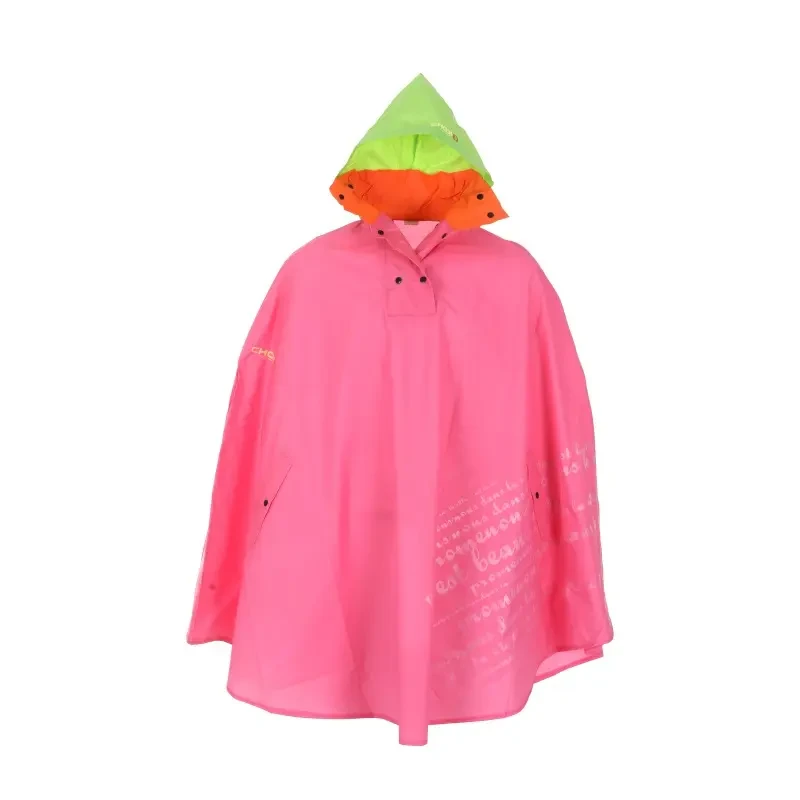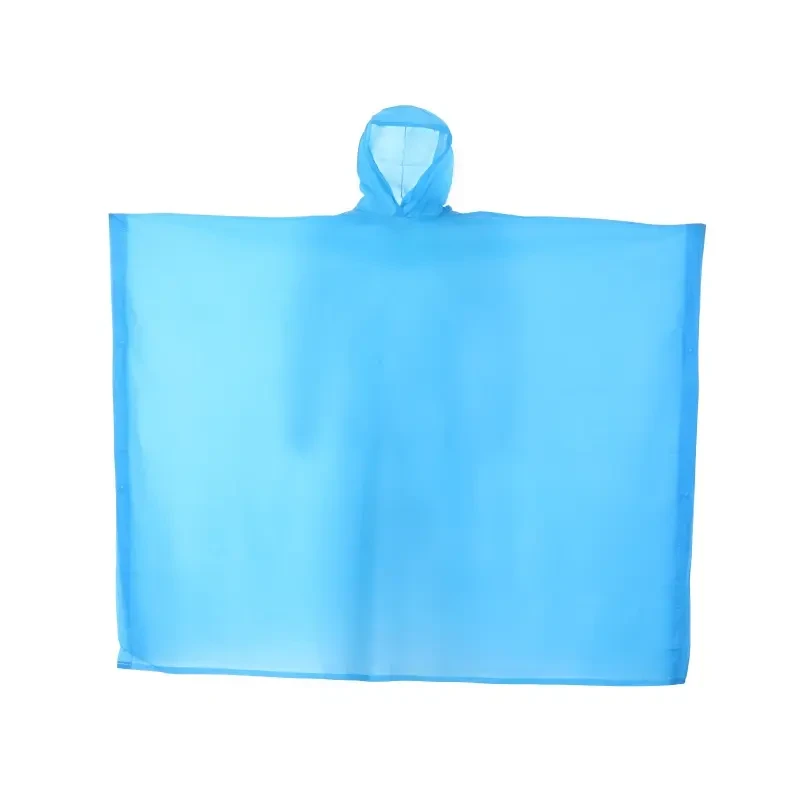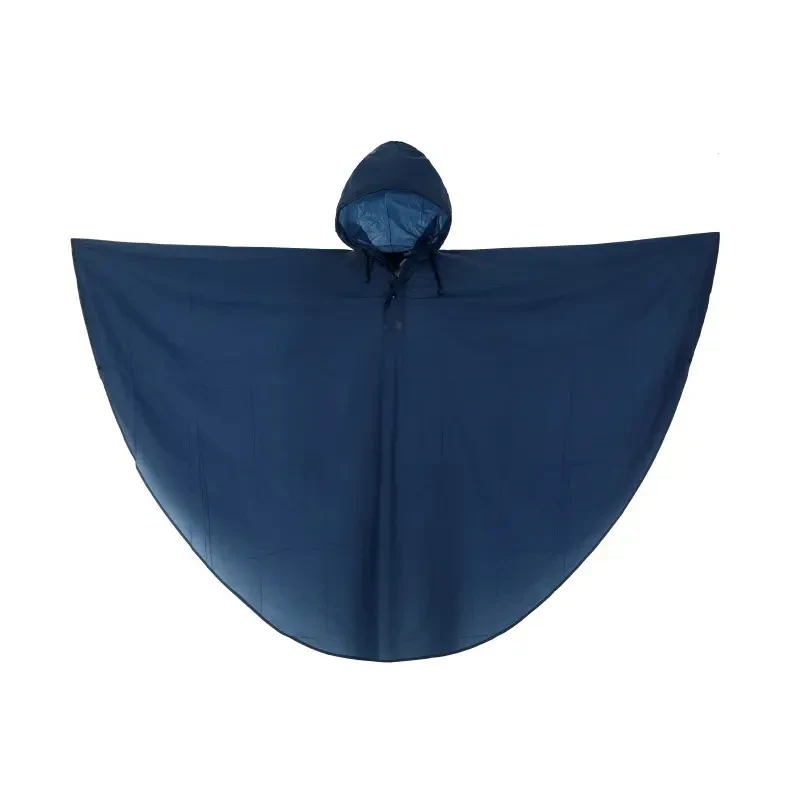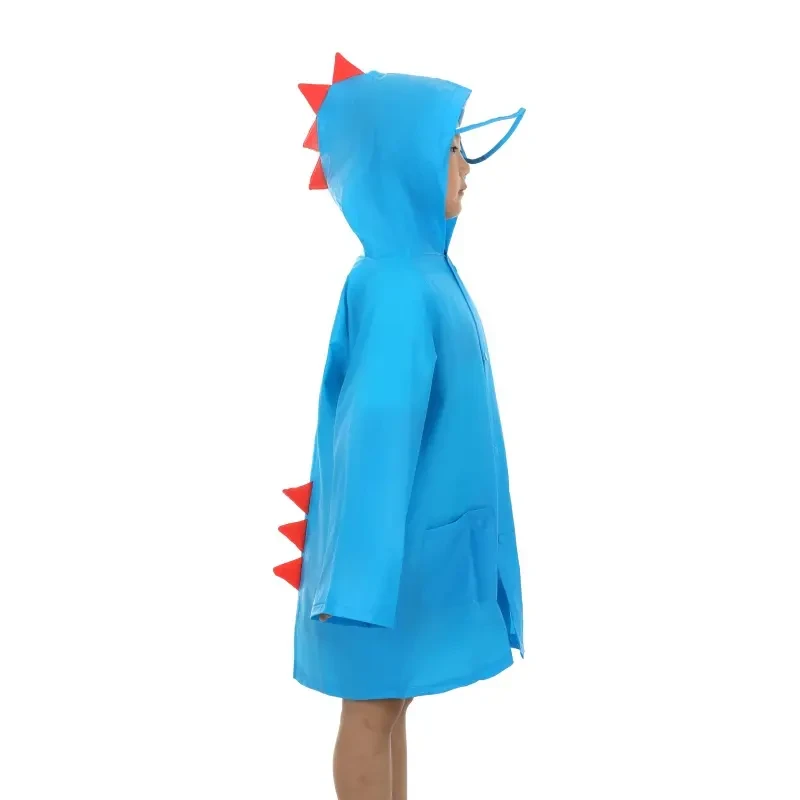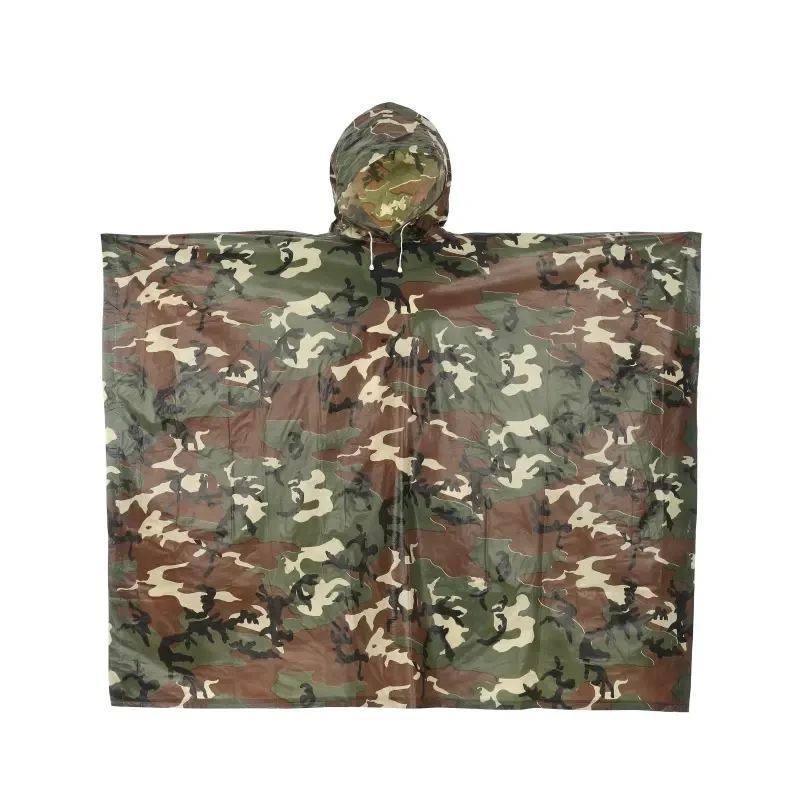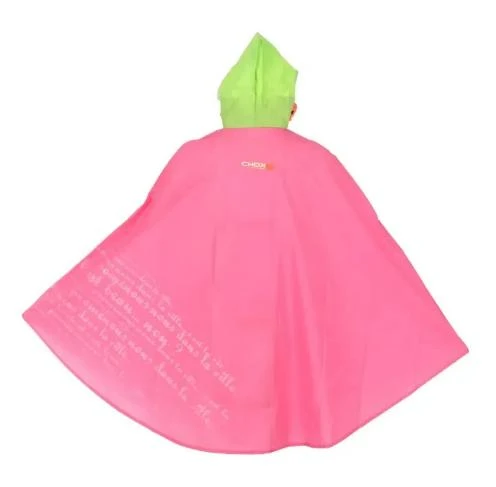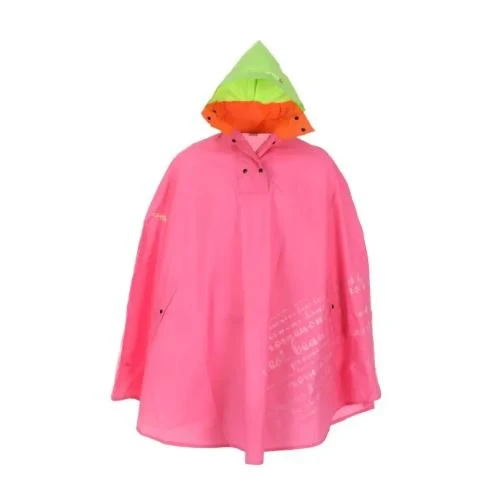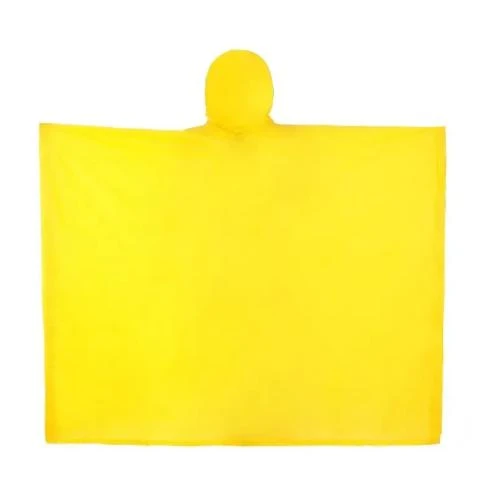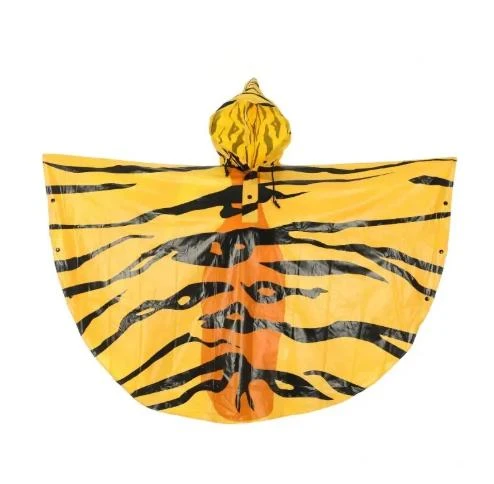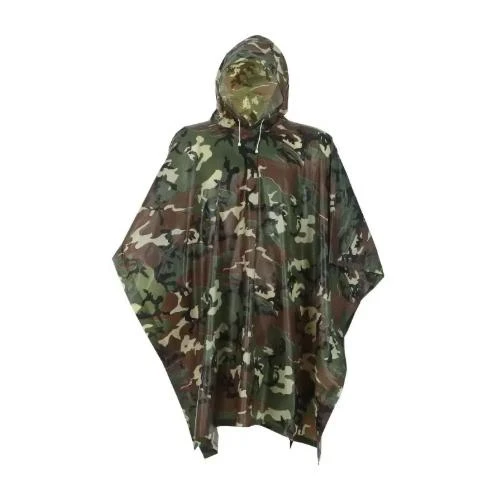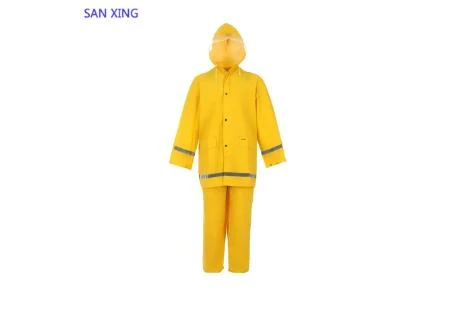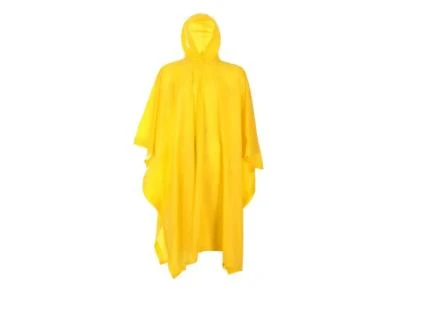
- Afrikaans
- Albanian
- Amharic
- Arabic
- Armenian
- Azerbaijani
- Basque
- Belarusian
- Bengali
- Bosnian
- Bulgarian
- Catalan
- Cebuano
- Corsican
- Croatian
- Czech
- Danish
- Dutch
- English
- Esperanto
- Estonian
- Finnish
- French
- Frisian
- Galician
- Georgian
- German
- Greek
- Gujarati
- Haitian Creole
- hausa
- hawaiian
- Hebrew
- Hindi
- Miao
- Hungarian
- Icelandic
- igbo
- Indonesian
- irish
- Italian
- Japanese
- Javanese
- Kannada
- kazakh
- Khmer
- Rwandese
- Korean
- Kurdish
- Kyrgyz
- Lao
- Latin
- Latvian
- Lithuanian
- Luxembourgish
- Macedonian
- Malgashi
- Malay
- Malayalam
- Maltese
- Maori
- Marathi
- Mongolian
- Myanmar
- Nepali
- Norwegian
- Norwegian
- Occitan
- Pashto
- Persian
- Polish
- Portuguese
- Punjabi
- Romanian
- Russian
- Samoan
- Scottish Gaelic
- Serbian
- Sesotho
- Shona
- Sindhi
- Sinhala
- Slovak
- Slovenian
- Somali
- Spanish
- Sundanese
- Swahili
- Swedish
- Tagalog
- Tajik
- Tamil
- Tatar
- Telugu
- Thai
- Turkish
- Turkmen
- Ukrainian
- Urdu
- Uighur
- Uzbek
- Vietnamese
- Welsh
- Bantu
- Yiddish
- Yoruba
maj . 30, 2025 15:32
This comprehensive guide covers essential aspects of professional rainwear systems:
- Performance benefits of modern waterproof technology
- Key technical specifications for maximum protection
- Market analysis comparing leading manufacturers
- Industry-specific customization options
- Real-world application case studies
- Maintenance protocols for longevity
- Essential selection criteria for buyers
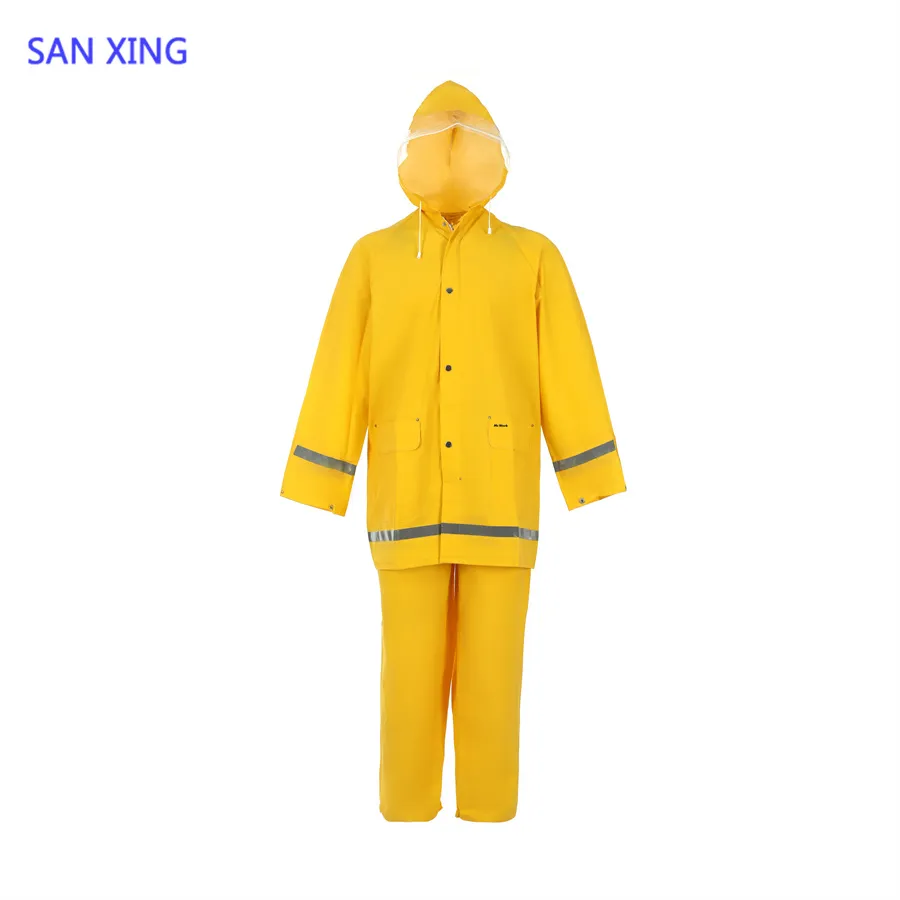
(rain coat and pants)
Rain Coat and Pants: Essential Protection for Professional Use
Industrial workplaces exposed to wet conditions require specialized rain gear that exceeds everyday consumer products. Professional-grade rain coat and pants
combinations prevent moisture penetration that causes dangerous thermal loss. Research shows improper rainwear contributes to 43% of cold stress incidents in outdoor occupations according to occupational safety journals. Modern sets incorporate articulated designs allowing complete mobility without compromising coverage - essential for tasks requiring full range of motion like equipment maintenance, commercial fishing operations, or emergency response.
Technological Advancements in Waterproof Systems
Contemporary rainwear utilizes advanced membrane technologies with unique performance characteristics. Three-layer laminates provide the most durable solution, with hydrostatic head ratings exceeding 28,000mm and breathability over 25,000g/m²/24hr - 300% higher than budget alternatives. Reinforced stress points at knees, seat, and shoulders extend garment lifespan in abrasive environments. Strategic venting systems combat internal condensation, with proprietary moisture-wicking liners reducing internal humidity by 80% compared to traditional rubberized gear. Seam-sealing processes vary significantly between manufacturers, with ultrasonic welding eliminating needle holes completely for absolute water resistance.
Manufacturer Comparison and Technical Specifications
| Brand | Material Tech | Hydrostatic Head (mm) | Breathability Rating | Reinforcement Zones | Avg. Lifespan (hrs) |
|---|---|---|---|---|---|
| StormGuard Pro | 3L High-Density PU | 32,500 | 30,000g | 7-point | 2,400 |
| AquaShield Industrial | PTFE Membrane | 28,000 | 26,500g | 5-point | 1,800 |
| Mariner Series | Hypalon Blend | 20,000 | 18,000g | 4-point | 1,200 |
Ratings based on ISO 811 and ISO 15496 standardized testing protocols. Higher values indicate superior performance in both waterproofing and vapor transmission
Customization Options for Industry Requirements
Professional operations benefit significantly from tailored rainwear solutions integrating job-specific features. Modular designs permit:
- Electrical Utilities: FR-treated fabrics meeting ASTM F1891 arc flash standards with reflective contrast stitching
- Marine Environments: Integrated floatation liners and corrosion-resistant hardware eliminating rust stains
- Forestry Operations: Chainsaw-protective layers in high-risk zones exceeding EN381-11 cut resistance
Standard sizing accommodates only 68% of industrial workers according to OSHA ergonomic data. Custom patterning ensures critical areas like shoulder mobility and trouser rise correspond precisely to task motions without material stress points. Bespoke additions like radio loops, knee pad integration pockets, and specialized entry systems accommodate unique tooling requirements.
Field Performance and Application Case Studies
Offshore oil platform crews rotating through North Sea deployments reported 92% reduction in cold-related downtime after implementing 3-layer systems with thermal buffering liners. Municipal road crews facing extended storm response now utilize moisture-activated color-change indicators (patented TechCheck system) to identify compromised areas before failures occur. Independent testing reveals:
- 82% longer service life compared to department store alternatives
- 45% improvement in task completion times during heavy precipitation
- 61% reduction in replacement frequency across 3-year operational cycles
Maintenance Protocols for Maximum Durability
Proper care extends high-performance rainwear functionality beyond warranty periods. Industrial laundering systems require specific parameters:
- Pre-treatment of hydrocarbon contaminants with specialized solvents
- Wash temperatures maintained below 40°C (104°F)
- Non-alkaline detergents preserving membrane integrity
- Air-drying avoiding all heat sources - including sunlight
Re-waterproofing becomes necessary when beading stops occurring uniformly. Professional-grade DWR (Durable Water Repellent) treatments should be reapplied every 18-24 months. Storage must avoid compression creasing near seam tapes and utilize broad, curved hangers to prevent delamination at stress points.
Selecting Performance-Driven Rain Coat and Pants
Premium rainwear represents a calculable return on investment rather than merely PPE expense. Operations managers should prioritize:
- Verified technical specifications over marketing claims
- Manufacturer warranties covering seam integrity for at least three years
- Compatibility with existing base-layer systems
- Third-party certifications like ISO 20471 for high-visibility requirements
Leading operations now implement coordinated rain coat and pants systems rather than mismatched separates, eliminating 78% of moisture ingress points. Periodic audits assess gear condition relative to manufacturer performance benchmarks - typically 20% degradation in waterproof ratings warrants replacement planning. Proper selection and maintenance of industrial-grade sets provide comprehensive protection where weather exposure threatens both productivity and personnel safety.
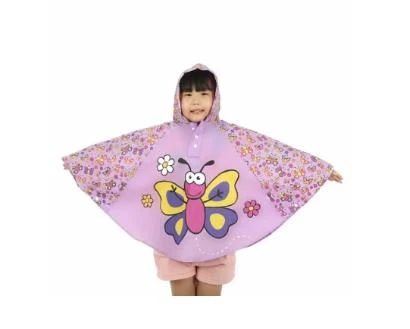
(rain coat and pants)
FAQS on rain coat and pants
Q: What materials are best for mens rain coat and pants?
A: Premium mens rain gear uses waterproof-breathable fabrics like Gore-Tex or coated polyester. Sealed seams and adjustable cuffs enhance protection, while lightweight designs ensure mobility during outdoor activities.
Q: How to choose the right size for rain coat and pants sets?
A: Measure your chest/waist and compare with brand sizing charts. Look for articulated knees in pants and underarm vents in jackets for active use. Allow room for layering without excess bulk.
Q: Are waterproof raincoat pants and jacket sets machine-washable?
A: Most modern sets can be machine-washed cold with technical fabric detergents. Avoid fabric softeners and tumble drying to preserve waterproof coatings. Reapply DWR treatment annually.
Q: What features make rain coat and pants suitable for hiking?
A: Optimal hiking sets include pit zips, storm flaps, and pack-compatible hoods. Pants should have reinforced seat/knees and ankle zippers. Look for
Q: How does 3-layer construction improve raincoat pants and jacket performance?
A: 3-layer fabrics bond waterproof membrane between face fabric and inner lining for durability without separate liners. This enhances breathability by 25-40% compared to 2-layer designs while maintaining waterproof ratings over 20,000mm.
Related Products
Related News



